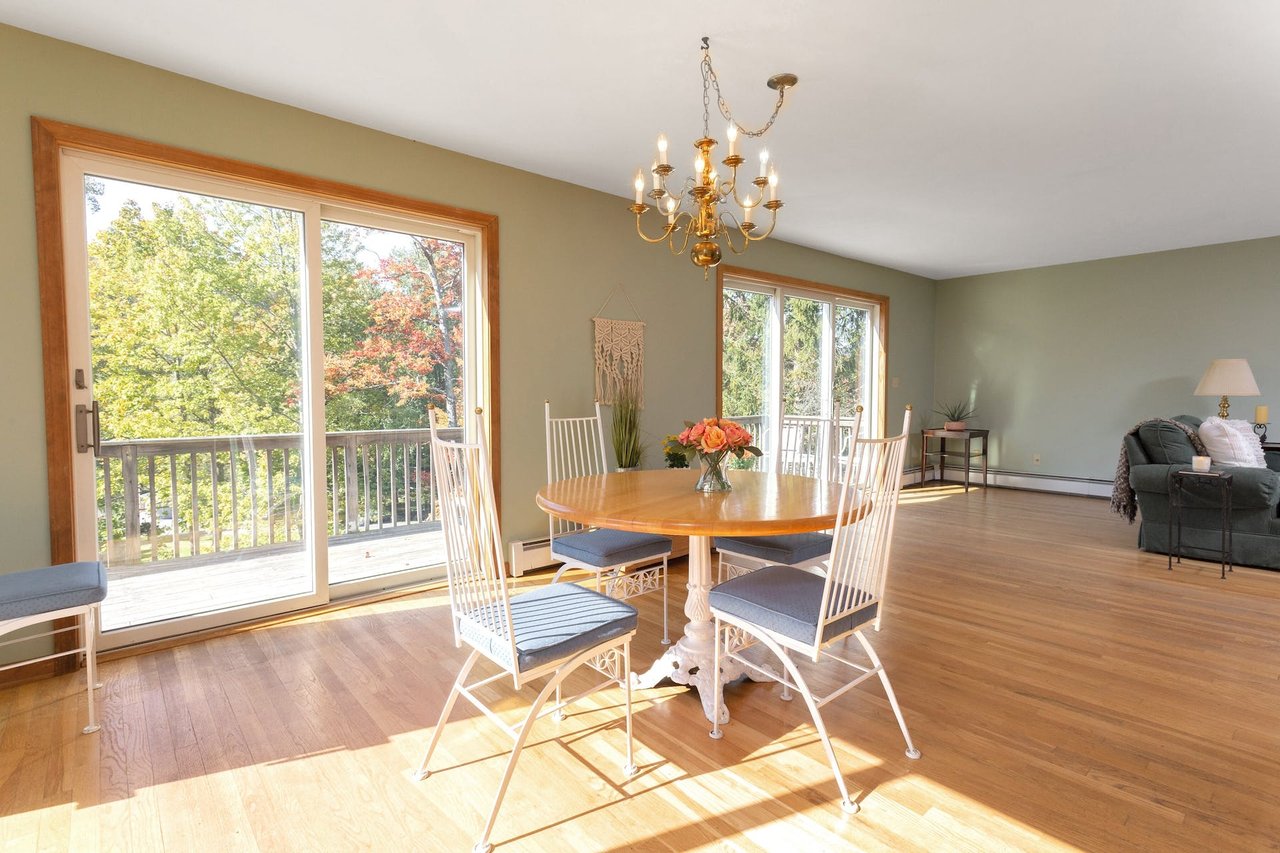In this comprehensive guide, we'll delve into practical tips for a successful renovation, drawing on the expertise of renowned real estate professionals like
Staci Zampa and her team.
Understanding Your Goals and Budget
The first step in any successful home renovation is to clearly define your goals. Are you looking to increase your home's value for a future sale, or are you aiming to enhance your living experience? Once your goals are set, establishing a realistic budget is crucial. Remember, renovations can often uncover unforeseen expenses, so it's wise to allocate an additional 10-20% of your budget for unexpected costs.
The Importance of Professional Guidance
Seeking professional advice is invaluable in any remodeling project. Real estate experts like Staci Zampa and her team offer a wealth of knowledge in this area. With years of experience in the real estate market, they can provide insights into the renovations that offer the best return on investment and those that are most sought-after by buyers in your area. The
Staci Zampa Team is a treasure trove of information and resources for homeowners.
Effective Planning and Design
A well-thought-out design is essential for a successful renovation. Consider hiring an architect or interior designer who can help bring your vision to life while ensuring functionality and compliance with building codes. They can also offer creative solutions to maximize your space and incorporate current trends without sacrificing timeless appeal.
1. Establishing a Vision:
Before diving into the specifics, it's important to have a clear vision of what you want to achieve with your renovation. This could range from creating more living space, modernizing outdated areas, improving functionality, or increasing your home's resale value. Your vision will guide every decision in the planning and design process.
2. Assessing Your Space:
A thorough assessment of your existing space is essential. Look at the layout, natural light, existing electrical and plumbing systems, and structural elements. Identifying the strengths and limitations of your space will help in making informed design decisions.
3. Functional Design:
Design should not just be about aesthetics; it should also enhance the functionality of your space. Consider the flow of rooms, the usability of kitchen and bathroom spaces, storage needs, and how the renovation can improve your daily life. For instance, an open floor plan might suit a family that loves to entertain, while a separate, quiet office space might be essential for someone who works from home.
4. Professional Input:
Engaging professionals like architects, interior designers, or space planners can bring expertise and creativity to your project. They can offer innovative solutions to maximize space, suggest materials and finishes, ensure compliance with building codes, and foresee potential challenges. They can also help in translating your vision into detailed plans and 3D renderings.
5. Material and Finish Selection:
Choosing the right materials and finishes is a key aspect of the design phase. These choices should align with your aesthetic preferences, lifestyle needs, and budget. For example, if you have young children or pets, you might opt for durable, easy-to-clean materials.
6. Energy Efficiency and Sustainability:
Modern renovations often focus on energy efficiency and sustainability. This might include choosing energy-efficient appliances, LED lighting, low-flow fixtures, and sustainable materials. Such choices not only reduce your carbon footprint but can also lead to long-term savings on utility bills.
7. Integrating Technology:
Incorporating smart home technology can add convenience and efficiency. Automated systems for lighting, heating, security, and entertainment can be designed to fit seamlessly into your renovation plans.
8. Permit and Regulation Compliance:
Navigating building permits and regulations is a critical part of the planning phase. Professional contractors or architects can help ensure that your renovation plans comply with local building codes and regulations, preventing costly and time-consuming issues later on.
9. Balancing Trends and Timelessness:
While it's tempting to follow the latest design trends, it's important to balance this with timelessness, especially if you plan to sell your home in the future. Neutral color schemes, classic finishes, and simple designs often stand the test of time.
10. Detailed Budgeting and Timeline:
A detailed budget and timeline are essential for effective planning and design. They help in managing expectations and ensuring that the project stays on track. Remember to include a contingency fund for unexpected expenses.
Choosing the Right Contractor
The selection of a contractor is one of the most critical decisions in the remodeling process. Look for licensed, insured, and well-reviewed professionals. Don’t hesitate to ask for references and examples of their previous work. A good contractor will be transparent about their timeline, budget, and the materials they use.
High-Impact Areas to Focus On
Kitchens and bathrooms often offer the best return on investment. Updating these spaces can significantly increase your home's value. Consider modern, energy-efficient appliances, updated fixtures, and fresh, neutral paint colors. These improvements can make a huge difference in the appeal and functionality of your home.
Sustainable and Smart Home Features
Incorporating sustainable features and smart home technology can not only reduce your carbon footprint but also attract environmentally conscious buyers. Features like
solar panels, energy-efficient windows, and smart thermostats are becoming increasingly popular and can set your home apart in the market.
Maintaining a Balance
While it’s important to modernize your home, maintaining its original character can add unique charm and appeal, especially in older homes. Strive for a balance between modern functionality and the preservation of distinctive features like original hardwood floors or vintage tiles.
Dealing with Delays and Challenges
Renovations often come with their share of surprises and delays. It’s important to stay flexible and maintain open communication with your contractor to navigate these challenges effectively. Regular site visits and meetings can help you stay on top of the project's progress and address issues promptly.
The Final Touches
Once the major work is completed, focus on the finishing touches that can make your home stand out. This includes landscaping, interior décor, and small upgrades like new door handles or light fixtures. These details can significantly enhance the overall look and feel of your property.
Marketing Your Renovated Home
If your goal is to
sell your Stamford home post-renovation, working with a knowledgeable
real estate agent like Staci Zampa can be invaluable. She can assist in staging your home, taking professional photographs, and crafting a compelling listing that highlights your home’s best features. Her expertise in the local market can also help in pricing your home appropriately to attract potential buyers.
In conclusion, a well-planned and executed home renovation can significantly increase the value and appeal of your property. By following these tips and working with experienced professionals like Staci Zampa and her team, you can ensure that your renovation project is a resounding success. For more information and guidance, be sure to visit
Staci Zampa's website and explore the wealth of resources available.

